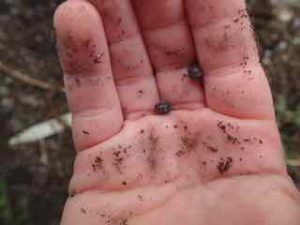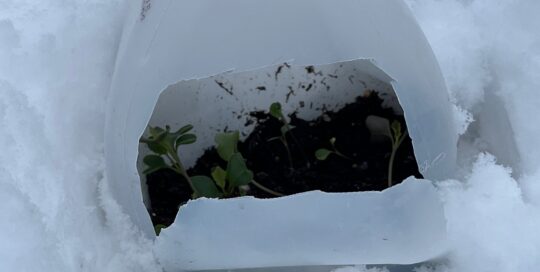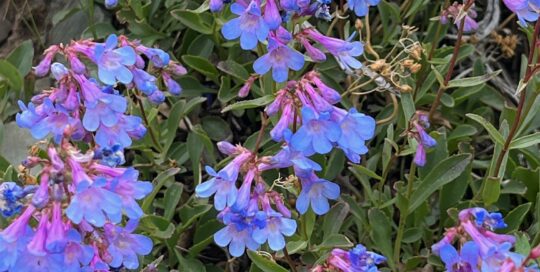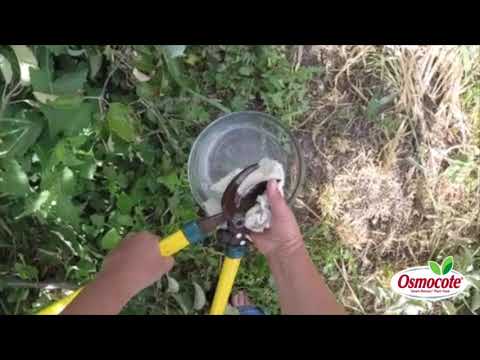Pill Bugs: the Clean-Up Crew in the Garden
Views: 32254

I recently read a headline touting that pill bugs can clean up heavy metals in soil, which caught my eye since heavy metals from mining or smelter waste are distinct problems in Montana.
As beautiful as this country is, in many places it is scarred by former practices of industries that didn’t know or care about the long term effects. As a result, there are entire neighborhoods who have to have their soil removed because it’s pretty much toxic.
So, you can see why I perked up with the possibility that these little critters can help the situation. Unfortunately, as of yet, I can’t find sound scientific evidence to back up the claim. However, I’m going to keep looking to see if there’s anything to it.
Benefits of Pill Bugs
I will tell you that having pill bugs and their cousin the sow bug aren’t bad things to have in your garden. For the most part, they feed on decaying matter turning into into something useful for your plants.
To begin, let’s talk about the difference between pill bugs (also called roly-polies) and sow bugs. Neither one of them are insects, instead being part of the crustacean family. I love the scientific name for pill bugs, Armadillium vulgare. It says so much about their tendency to curl into a tight ball when they’re threatened. Sowbugs are Porcellio laeyis. While they’re two different species and sow bugs are distinct because they don’t curl up in a ball and their legs stick out, their behavior is pretty much the same. And the great thing is neither one bites so they’re perfect for the kids to handle.
Even more uses
When the boys look for pill bugs, they tip over rocks or dig in the deep mulch in the garden. It usually doesn’t take long to root up a mess of them. Although, we typically don’t see them in action. Pill bugs are nocturnal creatures. They come out of their hiding places in the night to feed upon the decaying matter in the soil.
Sometimes they will chew on the roots are parts of the plant at soil level. I’ve had that happen in the greenhouse, and I used diatomaceous earth around the plants to protect them. But for the most part, the pill bugs have plenty to handle, especially if you add organic matter to the soil regularly. While they have an almost indestructible appearance with their armor-like shell, he worst time for pill bugs is when it’s hot and dry. During a situation like this if they can hunker down in cracks in the soil or hidden places where they can often weather the dry spell. But if they can’t find a suitable environment, it might mean the end of them.
Pill bugs are an important part of the ecosystem of the garden. While they’re not fancy, and frankly look downright prehistoric, they’re the diligent workers who take care of what needs to be done at ground level.
Meet Amy Grisak
Amy is a freelance author and photographer in Great Falls, MT who specializes in gardening, foods, and sustainable agriculture. She provides information on every kind…
Amy's Recent Posts

Try Your Hand at Winter Sowing to Gain a Jump on the Season








